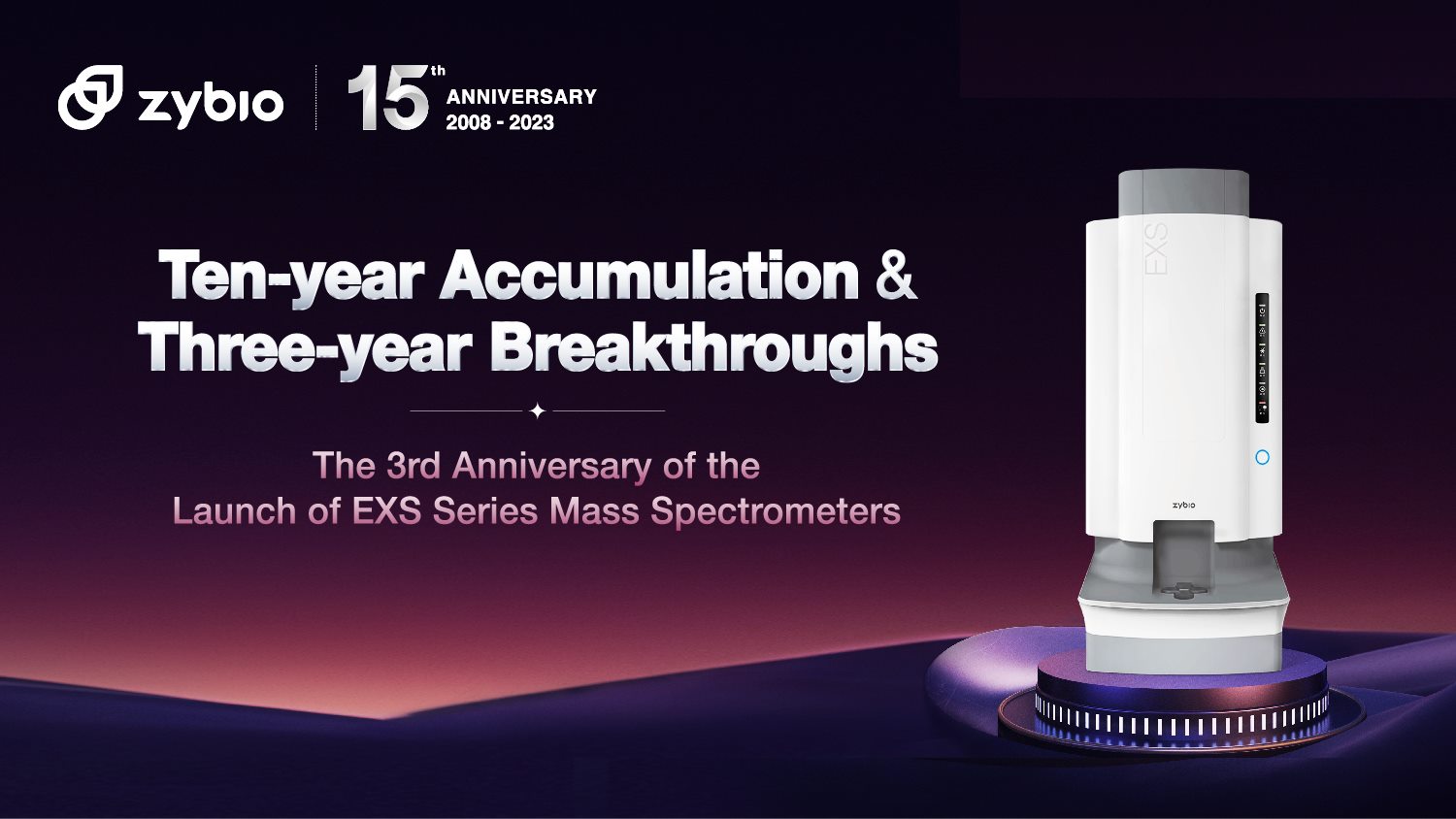Ten-year Accumulation & Three-year Breakthroughs / The 3rd Anniversary of the Launch of EXS Series Mass Spectrometers
Nov 28, 2023 Zybio News
-

September 26, 2025
DiagHub Online Academic Platform The sixth session on Hematology Concludes Successfully – Highlights Recap
-

August 29, 2025
DiagHub Online Academic Platform The fifth session on Microbiology Concludes Successfully – Highlights Recap
-

August 22, 2025
Zybio hs-cTnI Assay Achieves IFCC C-CB Listing: Global Witness for Excellence in Cardiac Diagnostics
The late 1980s saw the revolutionary scientific progress due to the birth and rapid development of matrix-assisted laser desorption ionization time-of-flight mass spectrometry (MALDI-TOF MS). This new technology, with its extremely high analysis speed and excellent accuracy, completely substituted the conventional way of microbial identification. With the conventional biochemical methods, it usually takes 2-3 days to complete the identification of a microbe sample. However, with MALDI-TOF MS, it only takes 1 day to do so, which greatly shortens the testing time. So far, this technology has brought brand-new changes to many fields, such as medicine and biology, and has brought greater value and efficiency especially to the field of clinical microbial testing.
Since 2012, Zybio shifted its attention to the field of mass spectrometry, and it has been working on it for 8 years since its establishment. In the past eight years, Zybio has been expanding its strength in the field of microbial mass spectrometry, bringing reliable technology and quality services to microbial laboratories around the world.
Development Milestones Mass Spectrometry Family
Zybio’s mass spectrometry business lines focuses on microbial mass spectrometer, nucleic acid mass spectrometer, triple-quadrupole mass spectrometer and teaching mass spectrometer, covering multiple fields such as clinical diagnosis, life sciences, drug R&D, environmental monitoring, among others. As a result, Zybio can provide customers with all-round and personalized mass spectrometry solutions.
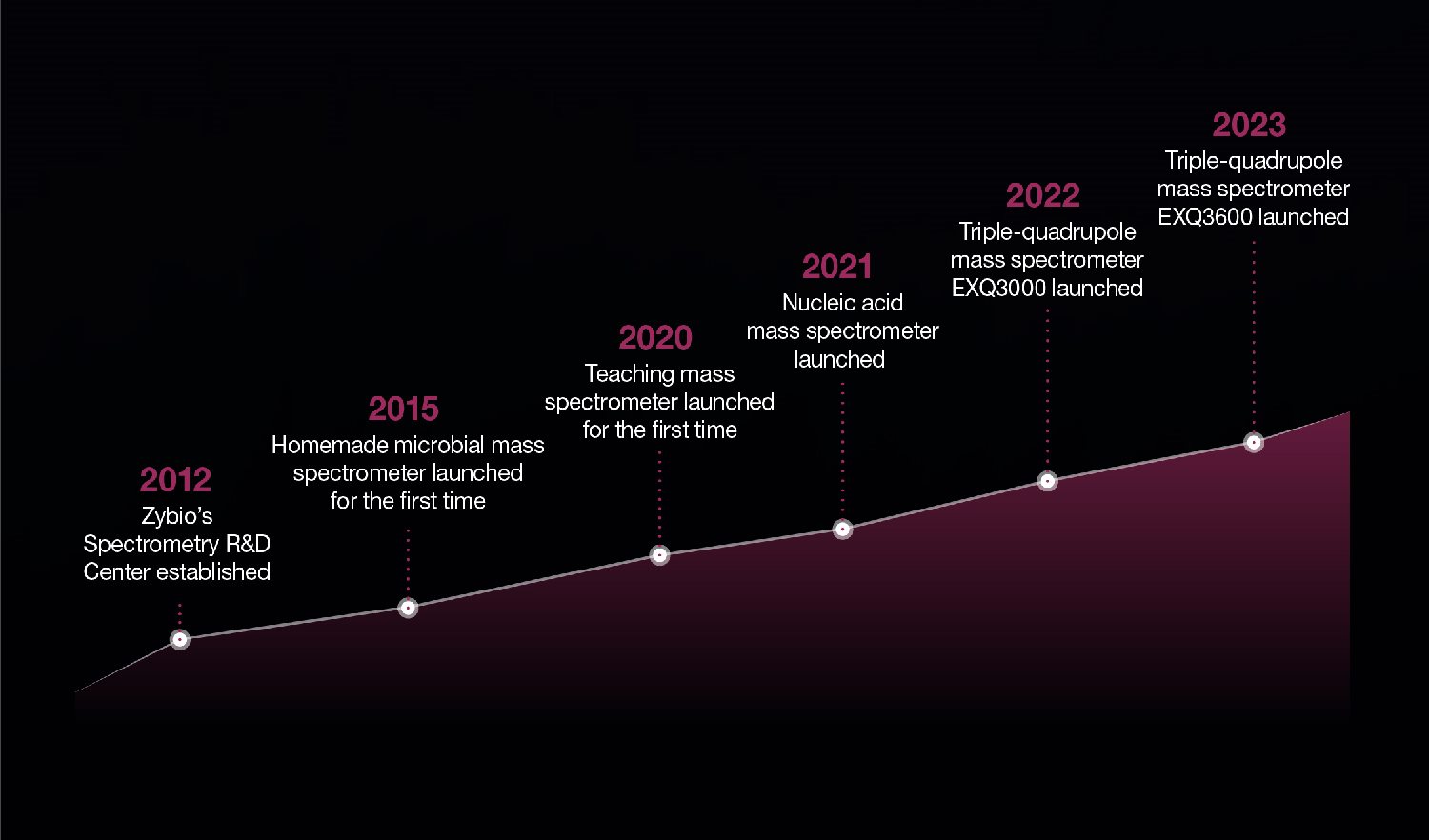
Microbial Mass Spectrometer
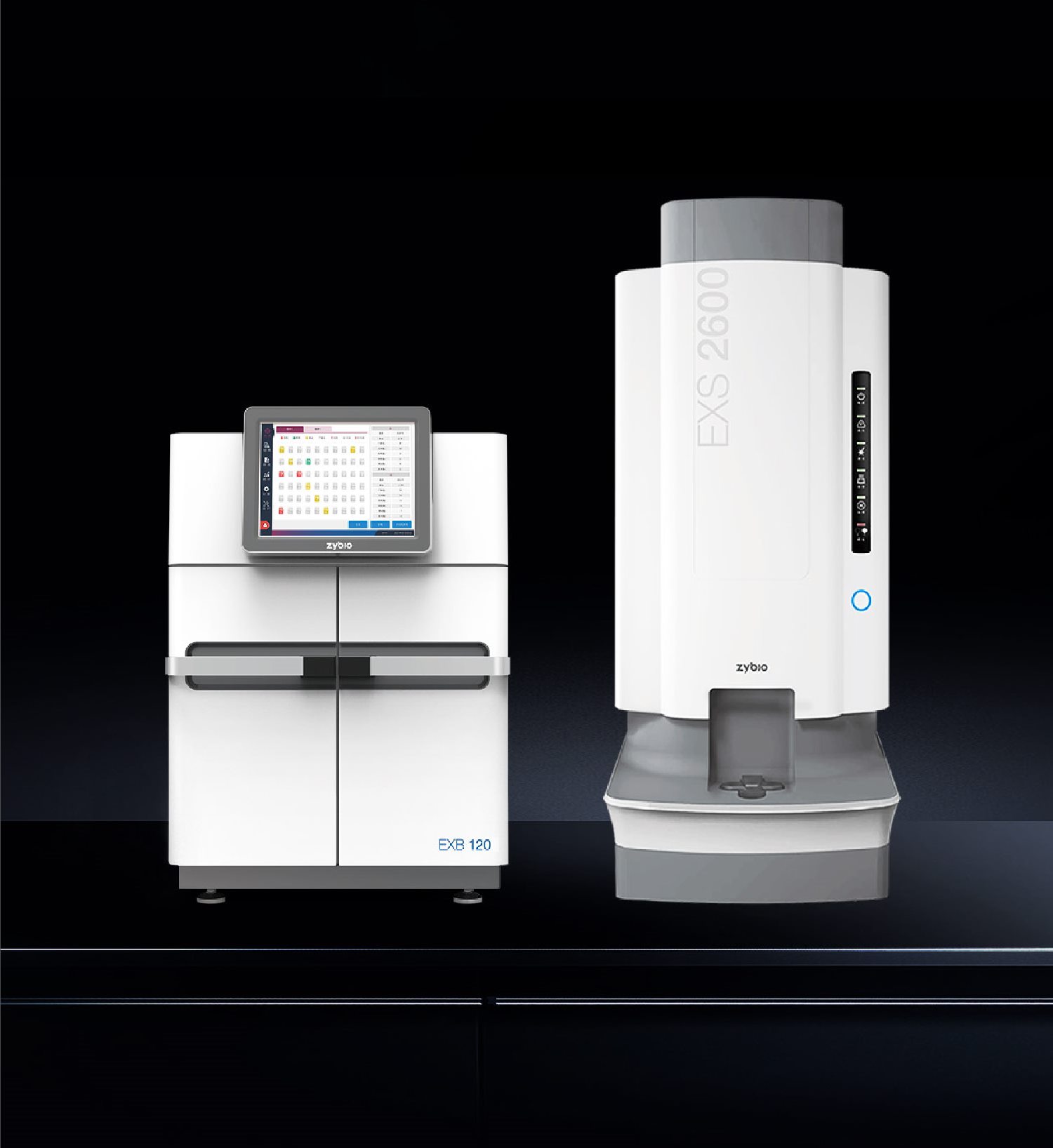
In 2020, Zybio launched the 4th generation of EXS series Automatic Microbial Mass Spectrometer into the market. The EXS series can be matched with the automatic microbial culture system. In 2022, the sales volume of EXS series ranked first in China, and they continue to take a lead in 2023. So far, the EXS series have achieved remarkable results in identifying doubtful fungi.
Teaching Mass Spectrometer
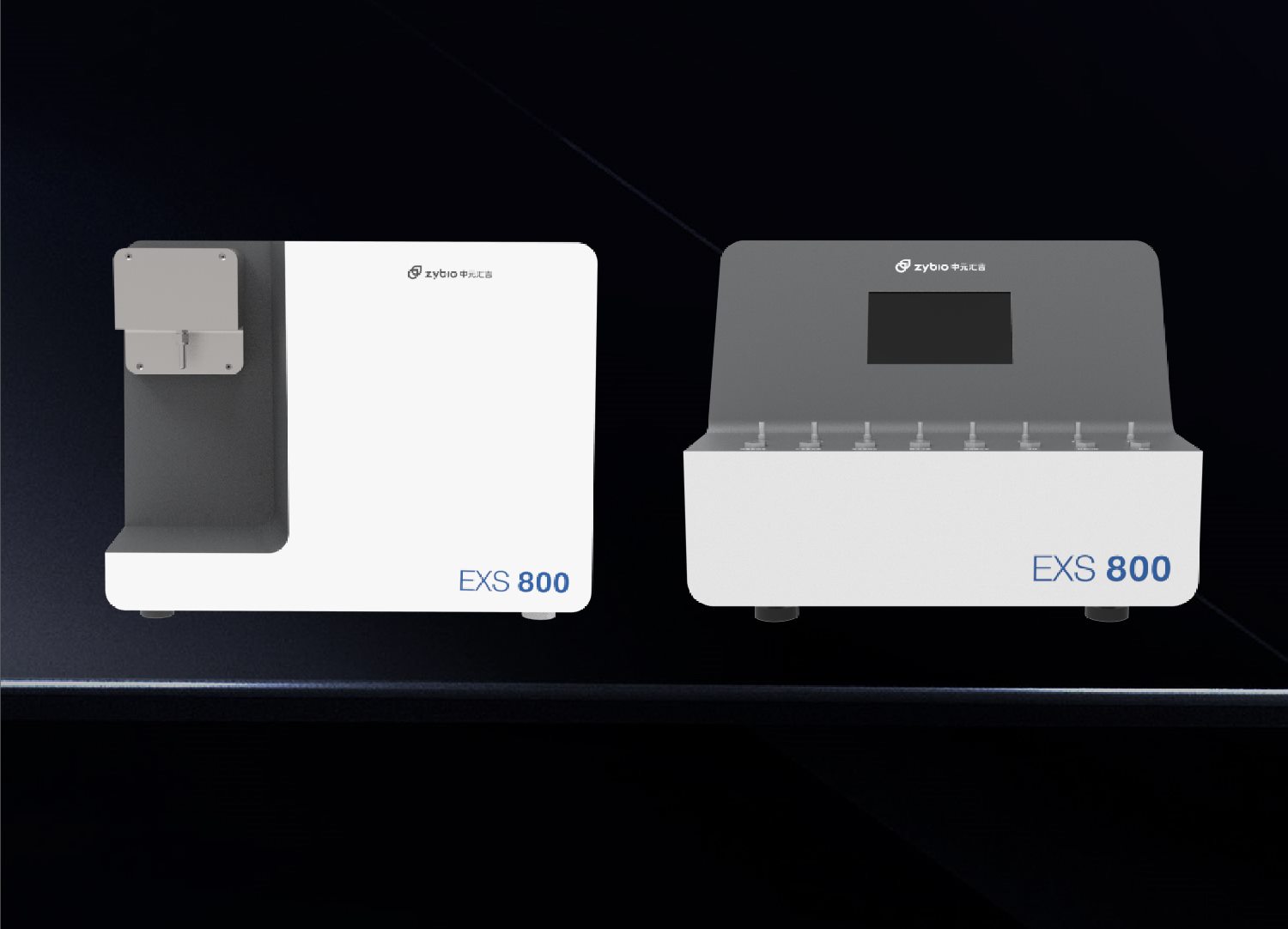
In 2020, the next-generation teaching mass spectrometer EXS800, an electron impact-time of flight mass spectrometer, was successfully developed. It was used as a "teaching mass spectrometer" in the Center for Scientific Experiments at the College of Chemistry and Chemical Engineering, Xiamen University, for teaching practice. This provides a new solution for the development of high-end teaching tools in China and helps cultivate high-end mass spectrometry talents.
Triple-quadrupole Mass Spectrometer
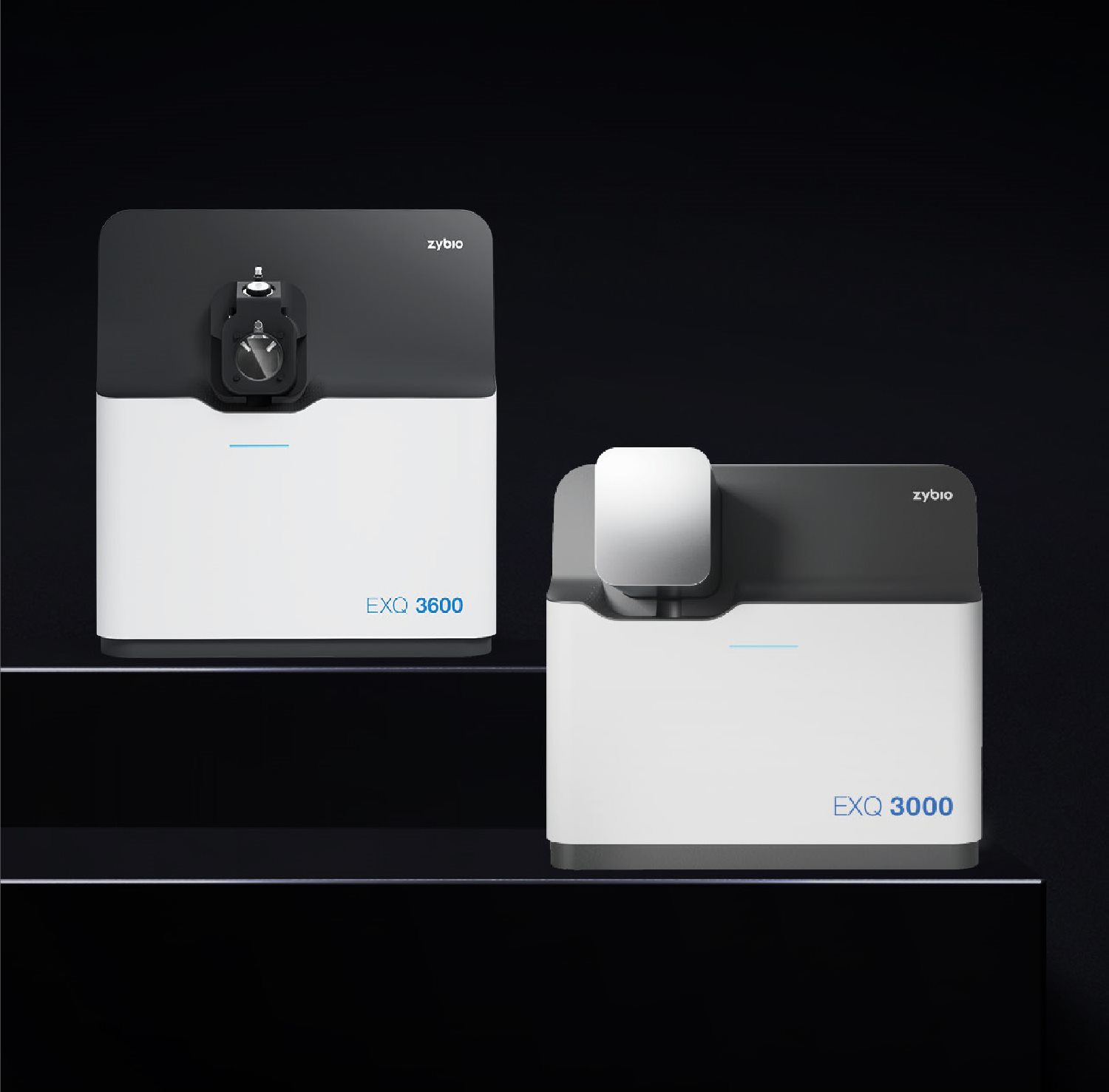
In 2022, Zybio successfully developed its triple-quadrupole mass spectrometer series - EXQ3000 and launched EXQ3600 of the same series at the CACLP the next year. Two types of triple-quadrupole mass spectrometers can detect a variety of biomarkers and can be applied to a lot of fields such as clinical testing, food, chemical industry, forensic toxicology, pharmaceutical industry, environmental test, and others. Among them, Zybio independently developed the 180-degree curved collision cell.
Nucleic Acid Mass Spectrometer
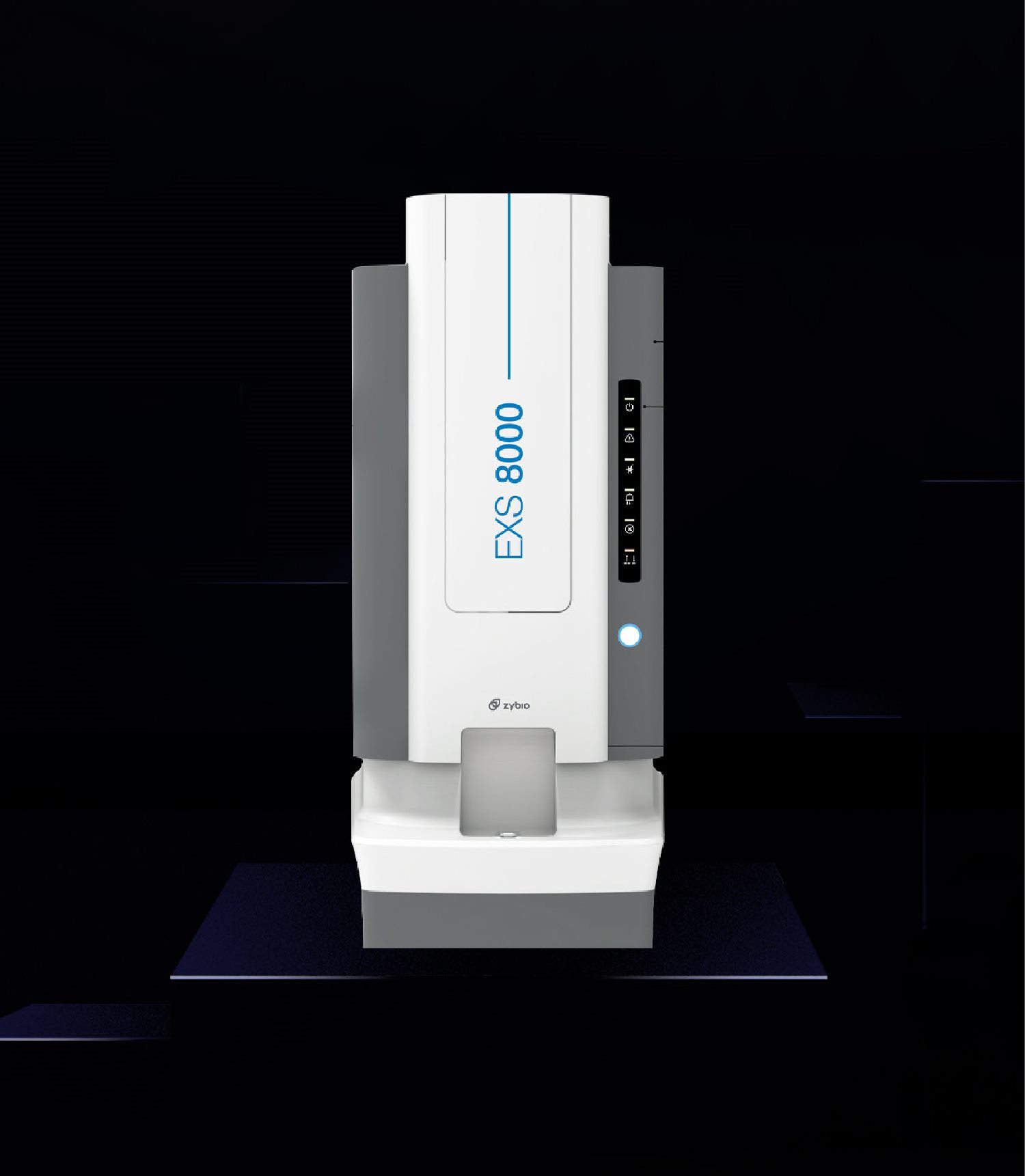
In 2023, Zybio launched its nucleic acid mass spectrometer EXS8000 at the CACLP. Nucleic acid mass spectrometry is a kind of technology that can be used to detect nucleic acids through multiplex PCR+ high-throughput chip + time-of-flight mass spectrometry. Nucleic acid mass spectrometry promotes the development of genomics and personalized medicine, improves the national scientific and technological innovation ability and advances the progress of health industry.
Zybio MS R&D Team/China Original MS R&D Team
Zybio’s mass spectrometry family was developed by Zybio Xiamen R&D Center (“Xiamen Research Institute”), and its predecessor is the original R&D team of MALDI-TOF MS in China, the technical source of mass spectrometry in China. The team members are from Xiamen University, Sichuan University, Tongji University, Tianjin University, University of Electronic Science and Technology of China, Huazhong University of Science and Technology and other universities, and nearly 20% of them hold a PhD degree. In 2020, Zybio cooperated with the College of Chemistry and Chemical Engineering, Xiamen University to set up an R&D center, with Academician Zheng Lansun of China Academy of Sciences acting as the director of the center, aiming to develop high-end equipment, advanced materials, intelligent big data analysis and so on.
The 4th generation of EXS series mass spectrometer became a top brand in the Chinese market based on innovation and upgrading over three years. From 2022 to 2023, the EXS series was recognized as the market leader for two consecutive years, and became the first choice of top-level teaching hospitals such as West China Hospital, Xiangya Hospital, Huashan Hospital and China-Japan Friendship Hospital.
Zybio’s Academic Achievements
By working with Chinese Center for Disease Control and Prevention, Sichuan Provincial Center for Disease Control and Prevention, the East Hospital affiliated to Tongji University, Guangdong Hospital of Traditional Chinese Medicine and the Affiliated Hospital of Inner Mongolia Medical University, Zybio has published nearly 20 scientific research articles. These articles were published in the magazines including Front Microbiol Infect Drug Resist. Syst Appl Microbiol, Chinese Journal of Laboratory Medicine, Chinese Journal of Microbiology and Immunology, Chinese Journal of Clinical Laboratory Science, etc.
Isolation and identification of Balneatrix alpica from patient’s blood and hot spring water
Chinese Journal of Microbiology and Immunology
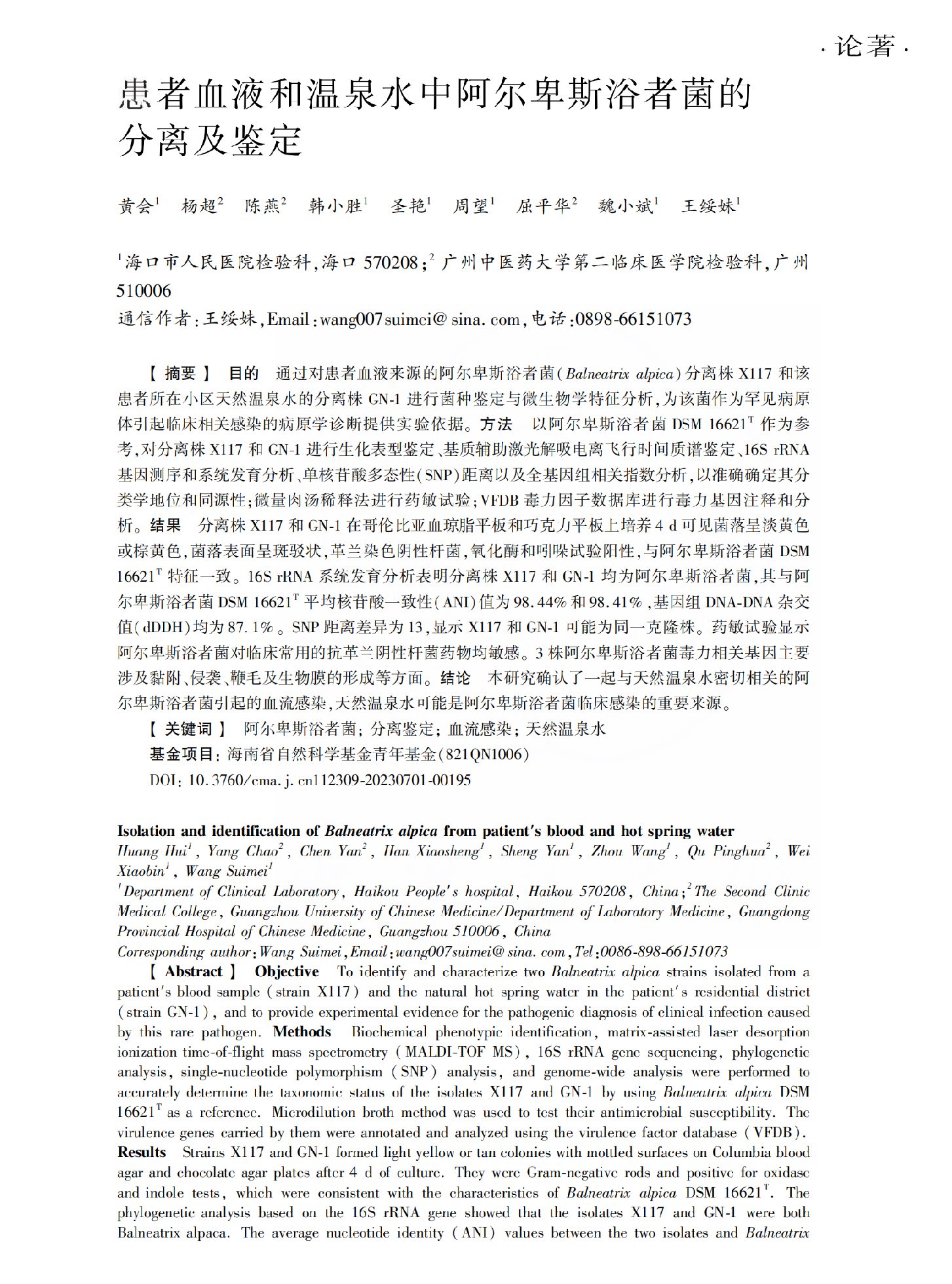
Comparison of Autof Ms1000 and EXS3000 MALDI-TOF MS Platforms for Routine Identification of Microorganisms
Infection and Drug Resistance
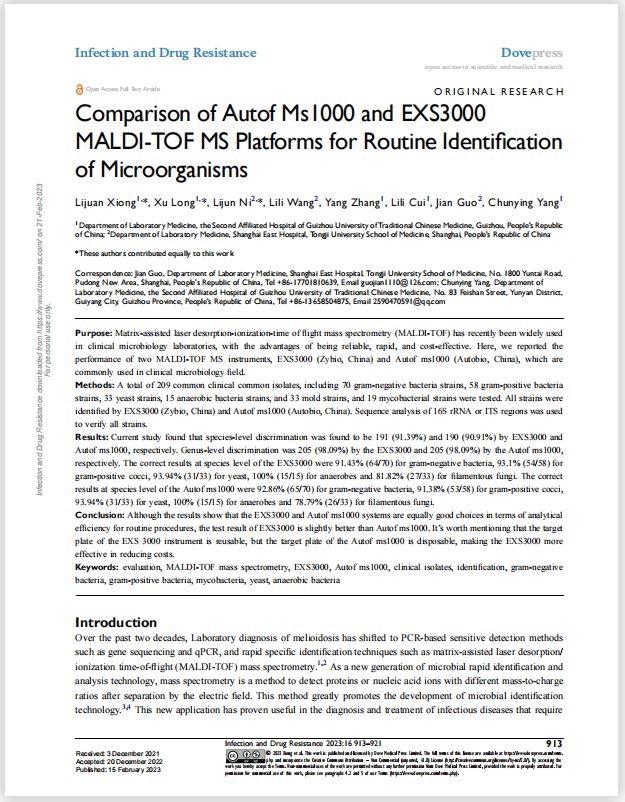
Establishment and Application of Matrix-Assisted Laser Desorption/Ionization Time-of-Flight Mass Spectrometry for Detection of Shewanella Genus
Frontiers in Microbiology
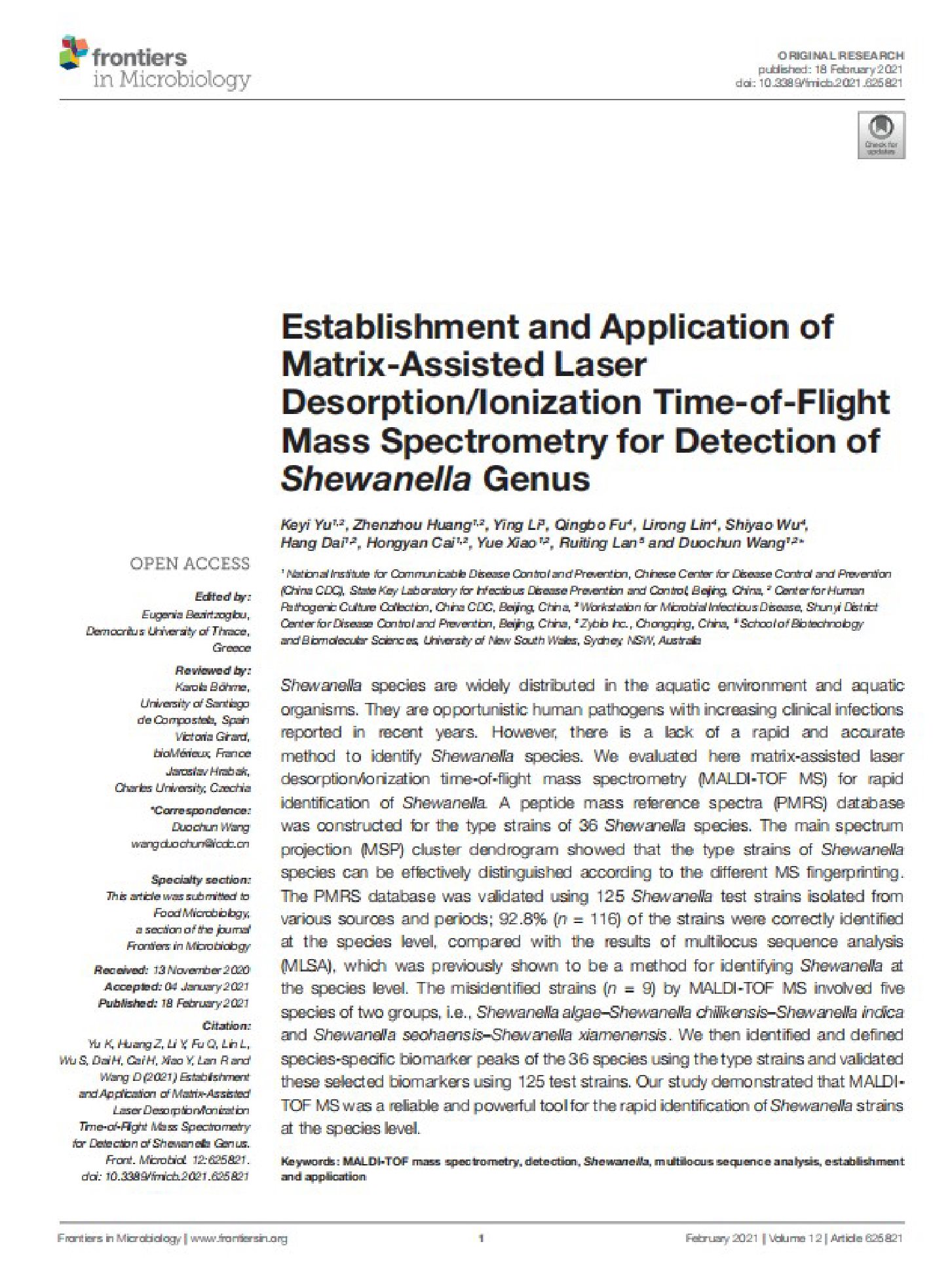
Accurate classification of Listeria species by MALDI-TOF mass spectrometry incorporating denoising autoencoder and machine learning
Journal of Microbiological Methods
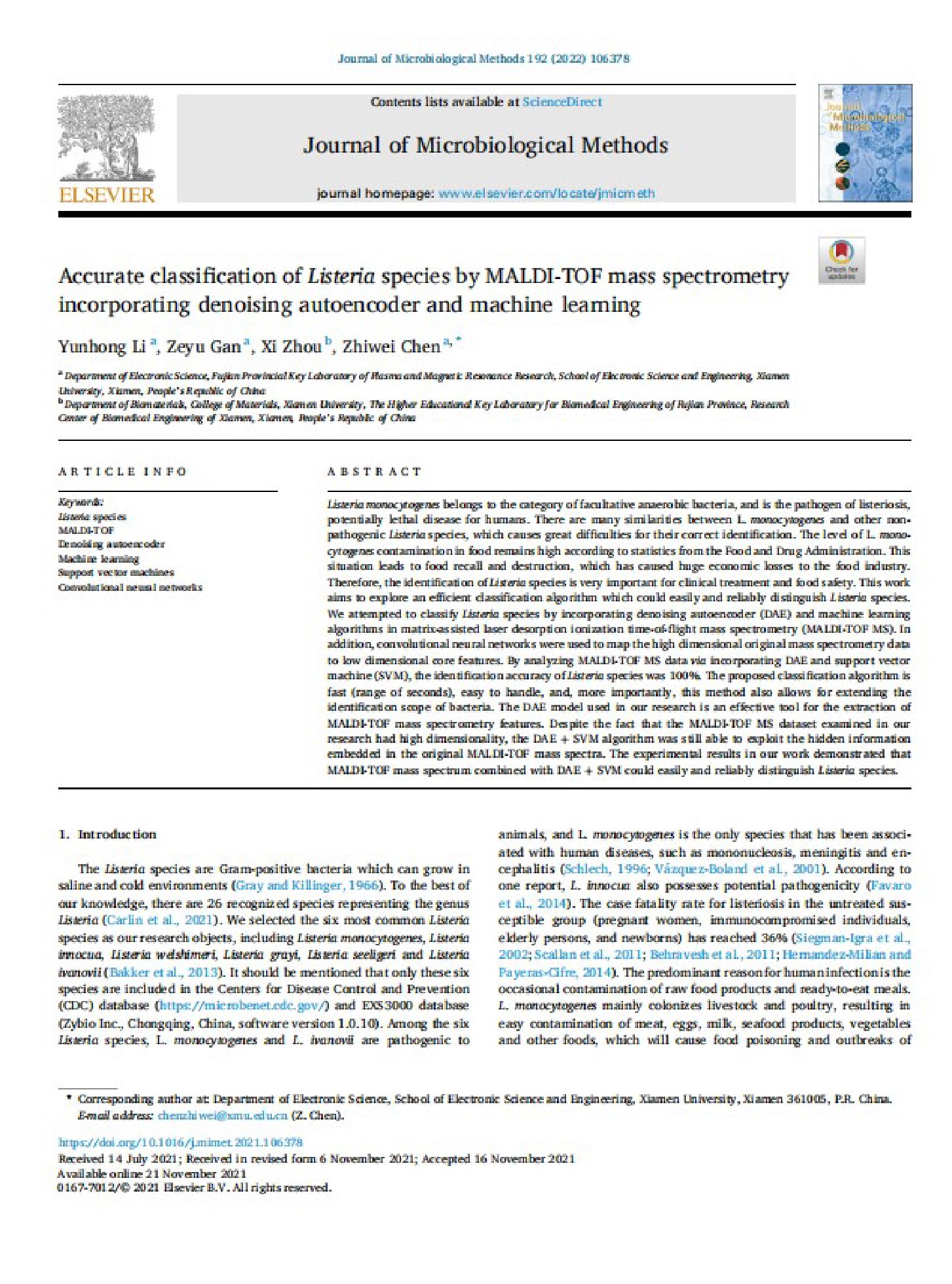
Feasibility study on rapid identification of methicillin-resistant Staphylococcus aureus by different algorithms of MALDI-TOF mass spectrometry
Chinese Journal of Laboratory Medicine
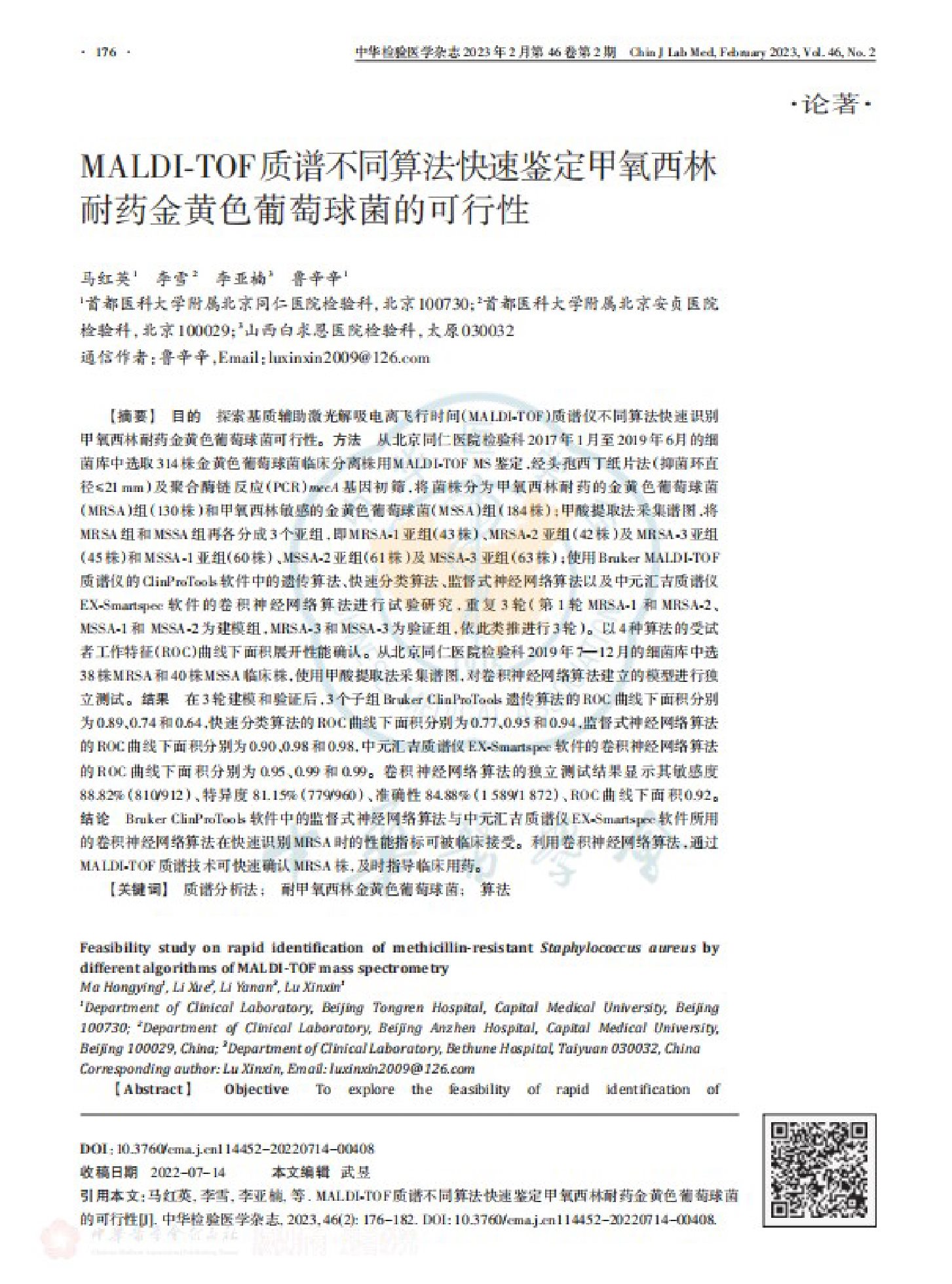
Identification and virulence gene analysis of a Cysteiniphilum litorale strain isolated from pus
Chinese Journal of Microbiology and Immunology
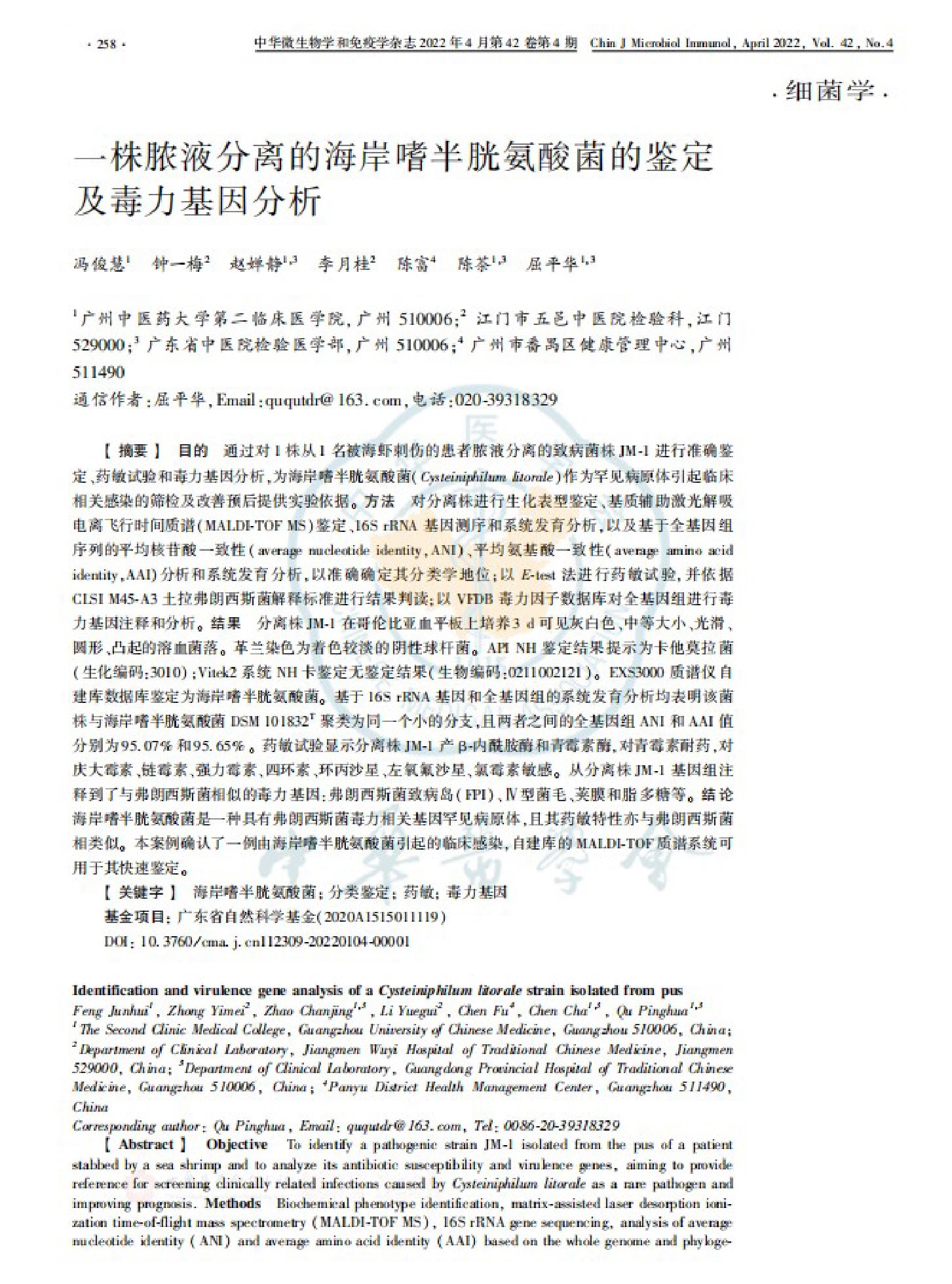
Q&A
Q: In mass spectrometry identification, why the identification rate of filamentous fungi is generally lower than that of bacteria? How did Zybio achieve breakthroughs?
A: Compared with the identification of bacteria and yeast, there are challenges in identifying filamentous fungi by microbial mass spectrometry, such as low detection rate, poor repeatability, and low resolution. This is mainly because the complexity of the cell wall of filamentous fungi hinders the release of protein, making the pretreatment work more challenging. In addition, the composition of the cell wall of filamentous fungi will also change in different stages of growth. In the early stage of growth, the cell wall of filamentous fungi is mainly composed of chitin layer and protein layer, while in the mature stage, the cell wall includes chitin layer, protein layer, dextran protein layer, etc. Although the composition of ribosomal protein remains the same in different stages of growth, other proteins, including cell wall proteins, may change in terms of quality and quantity, leading to the differences in spectra.
Zybio put forward targeted solutions to solve the above problem. In order to avoid the essential differences between the spectra obtained from different sources and under different culture conditions, we provided a powerful strain library for developing fungi database by cooperating with many authoritative scientific research institutions and clinical units. When building the database of various filamentous fungi, we selected several representative strains, collected diversified spectrograms under different culture conditions, at different culture time, and by different operators. As a result, the database can be compatible with the identification of spectrograms collected in more clinical practical scenarios. With the unique fungal library model, we adopted different parameters according to the characteristics of filamentous fungi to ensure their detection rate. On the other hand, our unique filamentous fungus dispersion toolkit can ensure biological safety, realize simplified and efficient protein extraction and obtain high-quality protein map.
Q: What are the advantages and applications of negative ion detection mode?
A: In the negative ion mode of MALDI-TOF MS, the molecules to be detected can be ionized into negatively charged ions. This ionization process involves adding extra negative charges to the molecules to be detected. Generally, we use acidic matrix with low pKa value to assist the negative ion mode in the negative ion process to provide valuable information for specific types of analytes, and expand the application capability of MALDI-TOF MS, including the following points:
1. Conducive to the analysis of negatively charged ions. The negative ion mode allows analyzing negatively charged ions, such as phosphorylated proteins, sugars, and some acidic lipids. These samples may not produce detectable signals in the positive ion mode and can also reduce the salt adduct peak it such mode.
2. Compared with the positive ion mode, the negative ion mode can provide better selectivity for specific analytes. For example, in lipid analysis, the negative ion mode is more effective for detecting fatty acids and lipids containing carboxyl groups.
3. In microbial application, the molecular weight of lipid A can be detected by the negative ion mode, thus identifying the drug resistance of polymyxin.
4. Some matrices used in the MALDI-TOF MS, such as 9-Aminoacridine (9AA), have better compatibility and stability in the negative ion mode, thus improving the ionization efficiency and sensitivity of specific analytes. In addition, for CHCA, the matrix peak interferences generated by the negative ion mode are less.
5. Analysis of materials science, such as nano and graphene, can be characterized by the positive and negative ion modes.
Q: What are the advantages and application scenarios of nucleic acid mass spectrometry?
A: Compared with similar techniques, nucleic acid mass spectrometry has the advantages of high sensitivity, high throughput, and high accuracy, and is an internationally recognized standard method for SNP typing. Nucleic acid mass spectrometry uses matrix-assisted laser desorption/ionization time-of-flight (MALDI-TOF) mass spectrometry to obtain genotype information of samples by measuring the mass and flight time of nucleic acid molecules, especially for SNP typing;
1. Hereditary disease testing: genetic mutation testing of hereditary deafness, thalassemia, cystic fibrosis detection, etc.
2. Pharmacogenomic testing: drugs for cardiovascular diseases, drugs for mental diseases, drugs for chemotherapy, drugs for targeted tumor therapy, etc.
3. Infectious disease testing: identification of mycobacterium tuberculosis (MTB) and testing of drug-resistant genes.
Zybio Acid Mass Spectrometry Platform supports the development of related testing applications and customized services, such as customized testing scheme and process, customized data analysis, technical support, and consulting services.
Q: Besides identifying microbes, what other fields can MALDI-TOF MS be used in?
A: The essence of mass spectrometry is to detect the molecular weight of substances. Therefore, in addition to identifying microbes by testing ribosomal proteins, it also has the following applications:
1. Detection of non-protein substances, such as glycolipid components in microbial cell walls, which can be characterized by the negative mode;
2. The spectrogram can be clustered with analysis software and can be applied to homology analysis, nosocomial infection testing, typing of doubtful fungi, etc.
3. Drug sensitivity analysis; there are many mechanisms of bacterial drug resistance, which can be distinguished by identifying the spectral characteristics of drug-resistant strains, and their drug resistance can also be identified by analyzing the hydrolysis and modification of antibiotics;
4. Nucleic acid mass spectrometry; as nucleic acids also have molecular weight, if we can perform specific extraction and amplification, we can use mass spectrometry to detect them. At present, there are many mature applications, such as detection of deafness genes, drug metabolism genes, tuberculosis drug resistance genes, tumor susceptibility genes, etc.
5. Rapid mass spectrometry identification of special samples, such as blood culture, urine, sterile body fluids, etc.
Q: What is the difference between solid laser and nitrogen laser?
A ① Different life spans: most of nitrogen lasers can operate 60 million times or 400 million times, while solid lasers can operate from 500 million times to tens of billions of times. In the process of sample identification, a laser will operate 200 - 300 times per sample in average, so the service life of either nitrogen laser or solid laser can meet the lifetime of instrument required by users.
② Different frequencies: the frequencies of solid lasers fall in the range of 1 - 2,000 Hz, and the frequencies of most nitrogen lasers lie in the range of 1 - 60 Hz. Solid laser has a wide repetition frequency range and high peak density, which show advantages for samples with difficulty in collecting, but its stability can only be guaranteed in a certain region; nitrogen laser has low peak density, small frequency range and better energy stability, which can basically guarantee the stability in the whole region. For most samples, solid laser and nitrogen laser have equivalent performances, and each has its own advantages and disadvantages. In addition, the higher the frequency, the shorter time it takes to collect the spectrogram. However, the evaluation of the overall identification speed is a systematic evaluation, including the efficiency of signal reading and software processing. Therefore, the identification speed of mass spectrometer should be comprehensively evaluated.
③ Different laser wavelengths: the wavelength of nitrogen laser is 337nm, and that of most solid lasers is 355nm. By far, no influence of wavelength on identification has been found. Comparatively speaking, when using MALDI-TOF MS to identify microbes, nitrogen laser shows more sufficient validation in the market.
Case study: Identify Doubtful Fungi with Zybio’s Maldi-TOF
Unveil the Truth of a Rare Infection by Fusarium Proliferatum
The First Affiliated Hospital of Guangxi Medical University
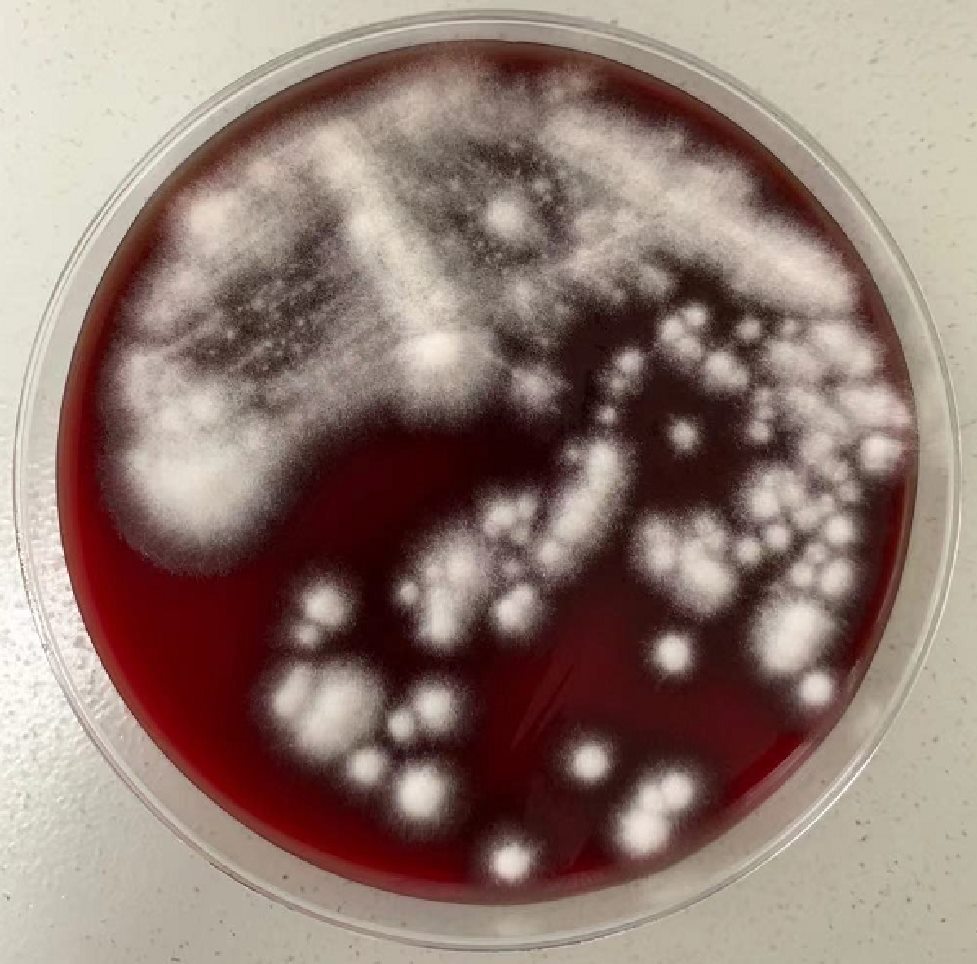
https://www.zybio.com/newsxq/39/180.html
Click on the above URL to view the identification of Fusarium proliferatum by EXS2600 mass spectrometer.
Fusarium, also known as genus Fusarium, belongs to fungus genus, often causes human corneal inflammation, endophthalmitis, mycetoma and infection of nail plate, mucosa, skin, and subcutaneous tissue through traumatic infection. When immunity declines, it may also cause deep infection in organs such as brain, heart, lung, and others, and even lead to fungemia. Fusarium proliferatum is the main pathogen of Fusarium genus, which exists universally in the environment. However, as adults with normal immunity are rarely infected by Fusarium proliferatum, Fusarium infection is usually easily neglected in clinic.
Identification of Legionella in “high-risk latent patients”
University Town Hospital of Guangdong Provincial Traditional Chinese Medicine
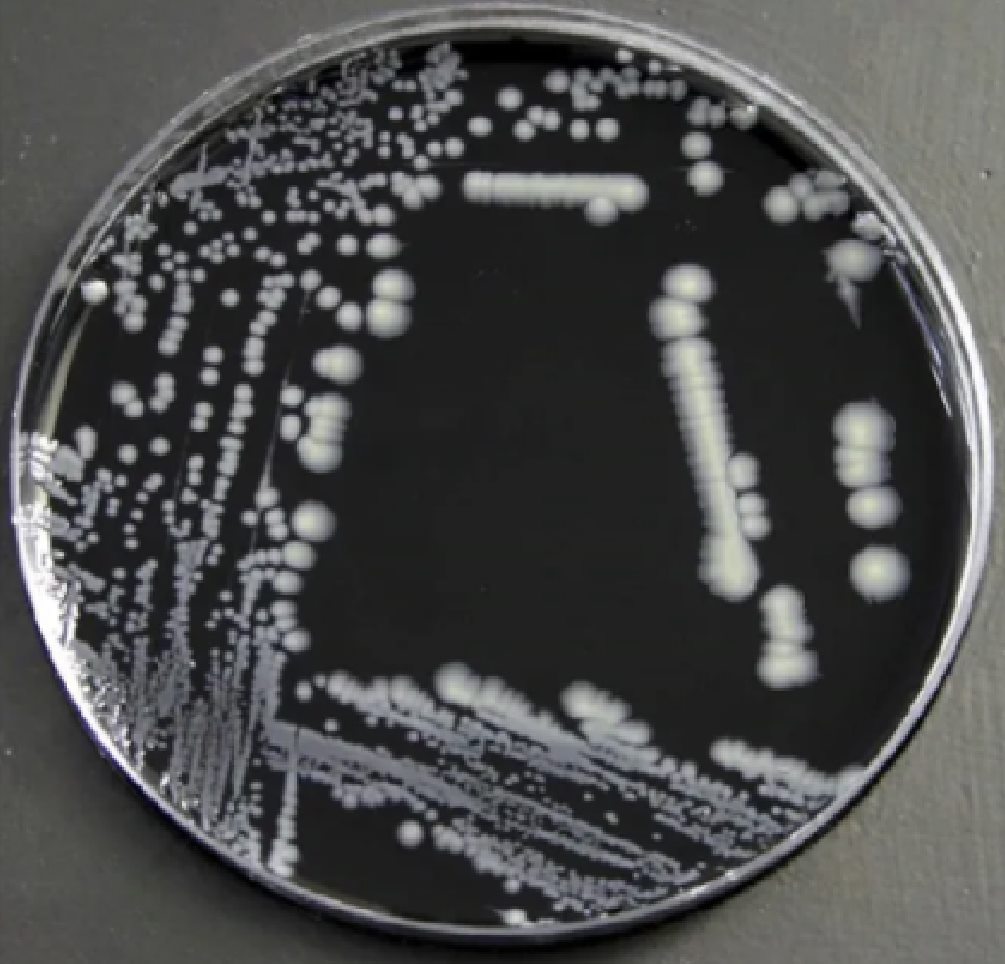
https://www.zybio.com/newsxq/39/183.html
Click on the above URL to view the identification of Legionella pneumophila by EXS2600 mass spectrometer.
Legionellosis is a very serious and even fatal pneumonia. According to the estimation of WHO, the incidence of Legionellosis is close to 100,000 cases per year in western countries, and the main infection route is the inhalation of contaminated aerosol.
Case of hand infection caused by Prototheca wickerhamii
The Southern Division of Shanghai East Hospital
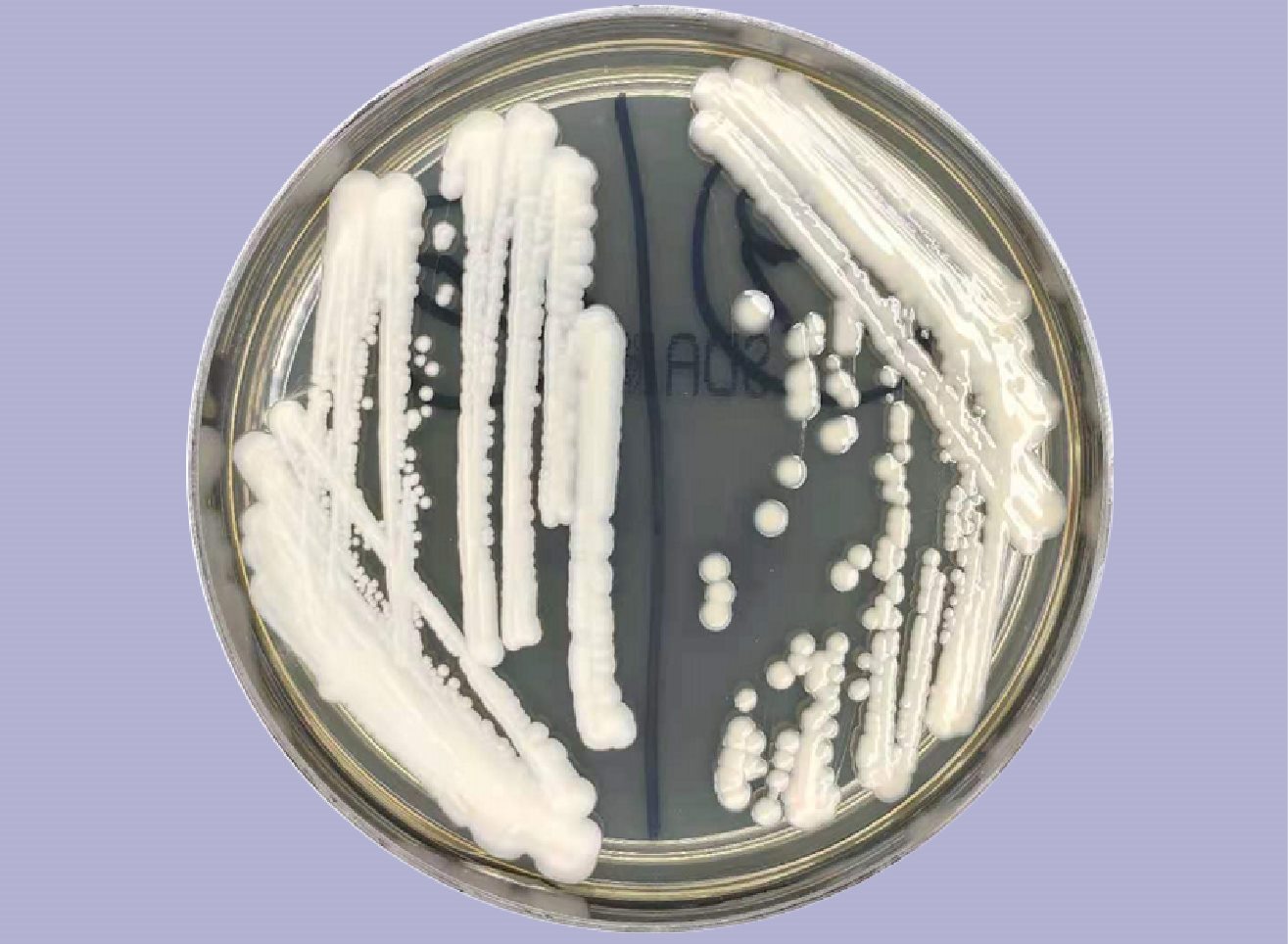
https://www.zybio.com/newsxq/39/184.html
Click on the above URL to view the identification of Prototheca wickerhamii EXS2600 mass spectrometer.
Prototheca is a kind of Viridiplantae with yeast-like morphology, belonging to Chlorellaceae of Chlorella. It exists widely in sewage and soil in nature, and can be occasionally isolated from human skin and nails. There are 15 species of Prototheca capable of infecting human beings and animals, and Prototheca wickerhamii is the main pathogen that causes human infections.
Competing with Pulmonary mucormycosis for rescuing time
Dachuan District People's Hospital of Dazhou City
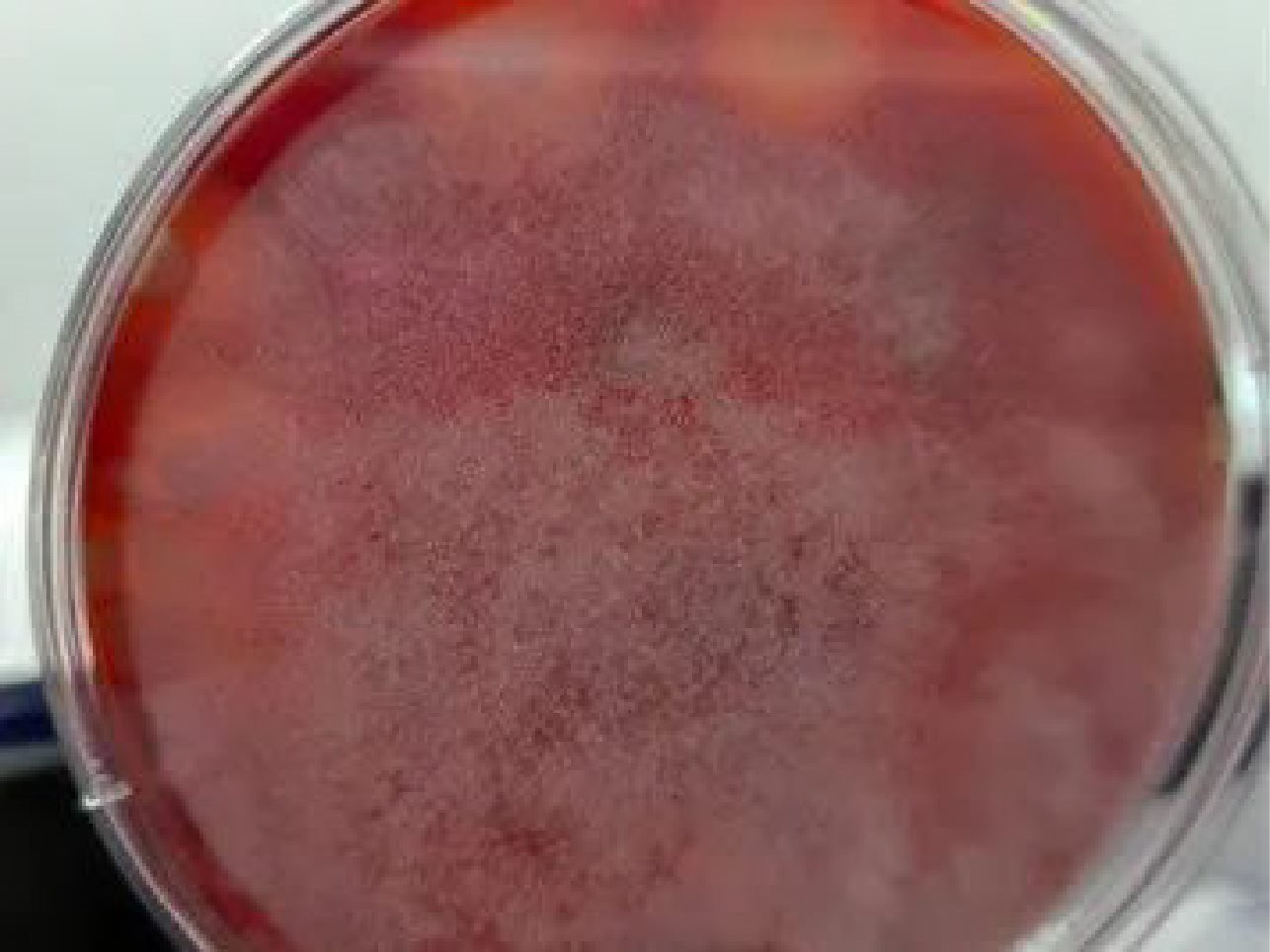
https://www.zybio.com/newsxq/39/185.html
Click on the above URL to view the identification of Rhizopus oryzae by EXS2600 mass spectrometer.
Mucormycosis, previously called zygomycosis, is a disease caused by a fungus belonging to Mucorales. It is transmitted by the spores of mucor, and the most common infection route is inhalation, taking contaminated food or contaminated open wounds. Common pathogenesis of mucormycosis include Mucor, Rhizopus, Cladosporium and Cunninghamella. Mucormycosis is very rare, among which Rhizopus is the most common pathogen causing human mucormycosis, and most fatal infections are caused by Rhizopus oryzae.
Positive AFB stain? Cavitary tuberculosis? “Man-machine” integration helps reveal the truth of "Rhodococcus equi"
Chongqing University Jiangjin Hospital
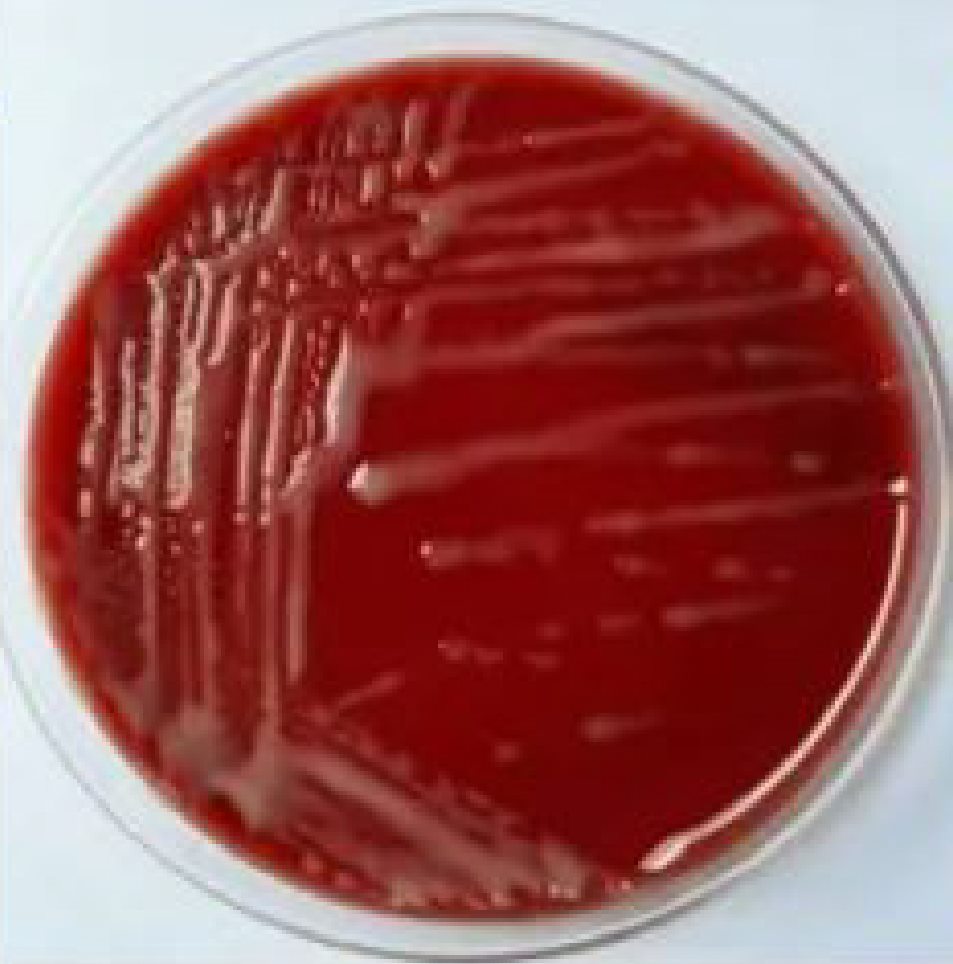
https://www.zybio.com/newsxq/39/186.html
Click on the above picture/URL to view the identification of "Rhodococcus equi" by EXS2600 mass spectrometer.
Rhodococcus equi belongs to the genus Rhodococcus. At present, there are 57 species of Rhodococcus, and Rhodococcus equi, Rhodococcus erythrorhizon and Rhodococcus rhodochrous are common in clinical medicine. Rhodococcus equi is an opportunistic pathogen widely distributed in nature, and Rhodococcus equi is closely related to HIV infection.
Perceiving the new progress and setting out for the future
The 4th generation of EXS series mass spectrometer of Zybio has been on the market for three years, and its sales volume has ranked first in China. Behind it were the efforts of Zybio’s R&D personnel to keep improving the quality of hardware and providing support for the accurate optimization of the database. Facing the new situation, we are exploring new opportunities and meeting new challenges in the future. We will launch more members of Zybio’s mass spectrometry family one after another to tell more stories about mass spectrometry.
We hope to continue to invite you to witness the blooming of Zybio’s mass spectrometers on the global stage, so that the world can understand the new progress of mass spectrometry in China.
